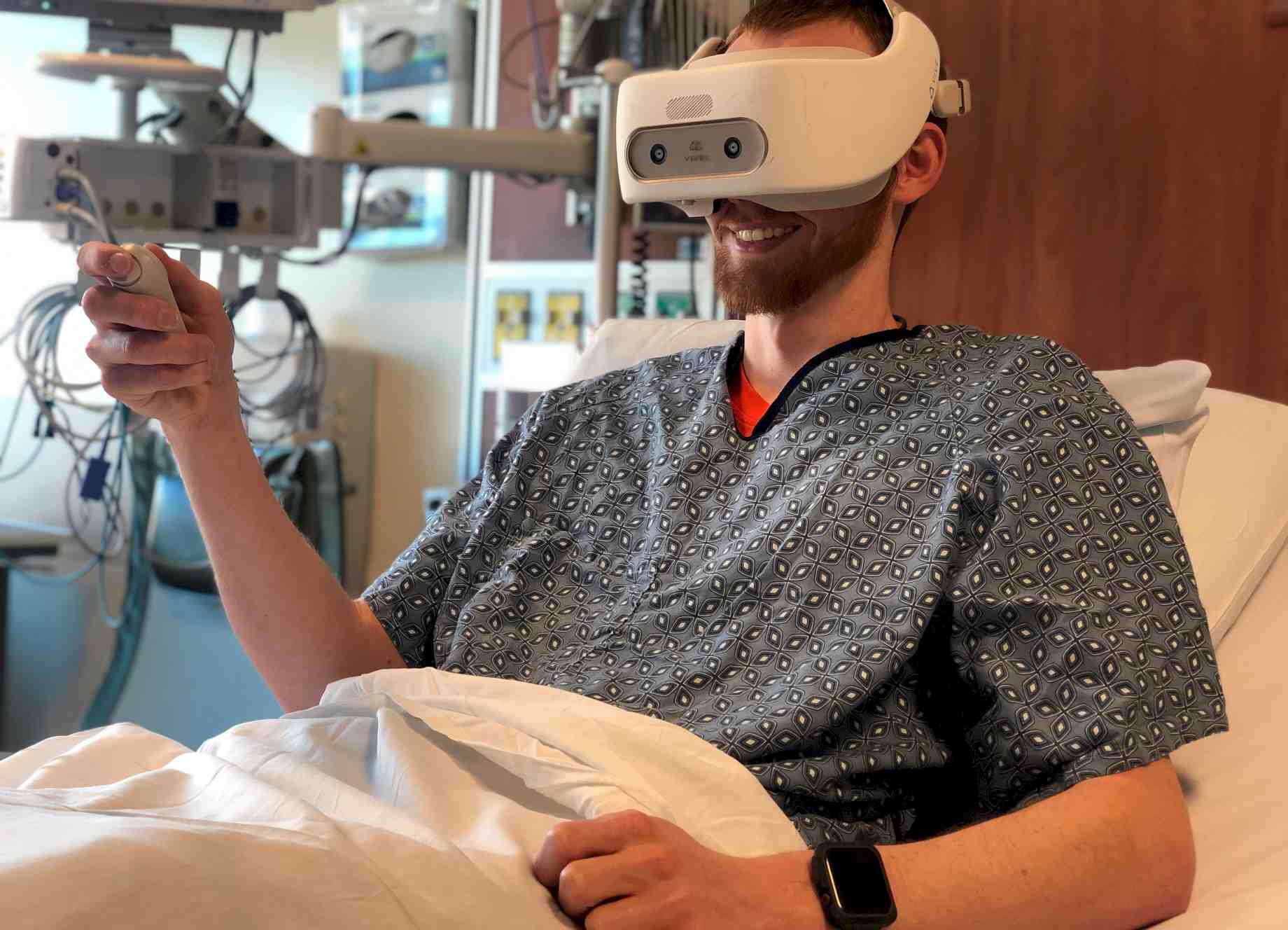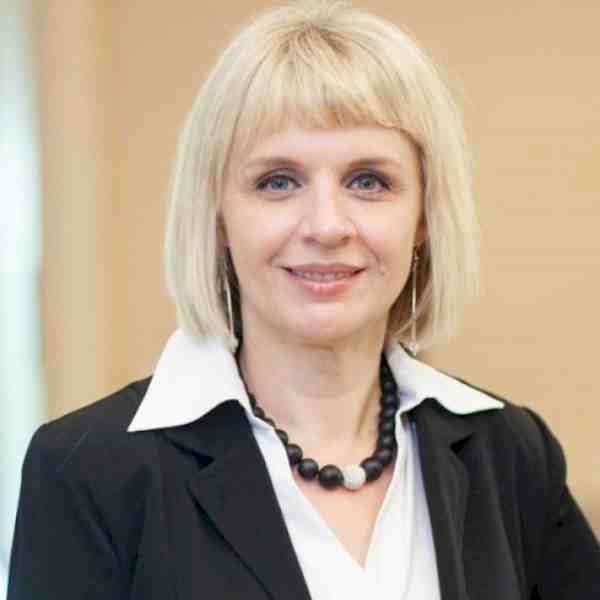While virtual reality technology is gaining popularity in a variety of contexts from video games to fitting rooms, researchers at the University of Florida are discovering how VR can improve the quality of life of patients in the intensive care units of hospitals.
UF Digital Worlds Institute Associate Director and Associate Professor Marko Suvajdzic and his team of researchers from digital arts and sciences, bioengineering, psychology and health have developed a VR technology project that is shown to alleviate the pain that ICU patients suffer.
ICU patients experience a variety of stresses and pains in the hospital, including isolation and witnessing tragedies. Moreover, their painkillers often trigger more stress and anxiety.
According to Suvajdzic, previous studies have shown that meditation can be helpful in relieving stress. His team’s project, the Digital Rehabilitation Environment Augmenting Medical System (DREAMS), provides patients with guided meditations to help maintain their mental health in ICU.
“The idea behind DREAMS was to provide a more humane experience to the patients in the ICU unit in a hospital,” Suvajdzic said.
In the experiment, patients used a VR headset to choose a scene they prefer and follow guided instructions to start the meditation. After various trials, Suvajdzic found that participants are most likely to choose the beach mode.
“The sense of ‘presence’ has been transported from the reality of hospital to the virtual reality of this beach,” Suvajdzic said.
By doing so, the VR system takes patients out of the environment of the ICU that causes stress, anxiety and other negative effects on mental health.
Under the supervision of Suvajdzic and his colleague from the UF College of Medicine Dr. Azra Bihorac, the DREAMS team accomplished three trials by February 2019 with 60 ICU patients.
Besides developing its own apps, the DREAMS team also incorporated some existing meditation apps into the system. In the initial exploratory trial started in early 2018, the team found that some video aspects of the system were not interactive enough.
“Some of them were difficult to be interactive,” Suvajdzic said. “Some of them may have aspects that some patients didn’t like. So it really helped us hone in on the best system."
Suvajdzic illustrated that an ideal version of the interactive VR system would employ gamification techniques that positively reinforce meditation behaviors for patients.
One example he gave was building a garden. At the beginning of the VR meditation, patients would see a garden with no plants. Every time patients adjust their breath to the level that the meditation recommends, the system would reward them by growing plants gradually.
Once patients finish the meditation and meet the breath control and relaxation goals, they would be able to see a beautiful garden in front of them, which Suvajdzic said could imply the rehabilitation of their bodies.
“In the way that the garden becomes a metaphor for their own body, as they get calm, their own body gets to feel better,” Suvajdzic said. “So it gives the person that visualization of the process that is happening internally to them as they are practicing meditation through virtual reality.”
The DREAMS team is looking for larger, external grants to build a fully customizable app, in which it will create a more customized video to fit the environment of the ICU. In the future, when the system is developed enough, hospitals from all over the world would be able to purchase and implement it in their intensive care units.
Looking ahead, Suvajdzic said researchers could potentially apply these ideas to designing and developing similar products for other situations, such as pediatrics and end-of-life care.
Suvajdzic presented the DREAMS project as part of a talk he gave at Google in August about "Emerging Technologies and Humanity."





